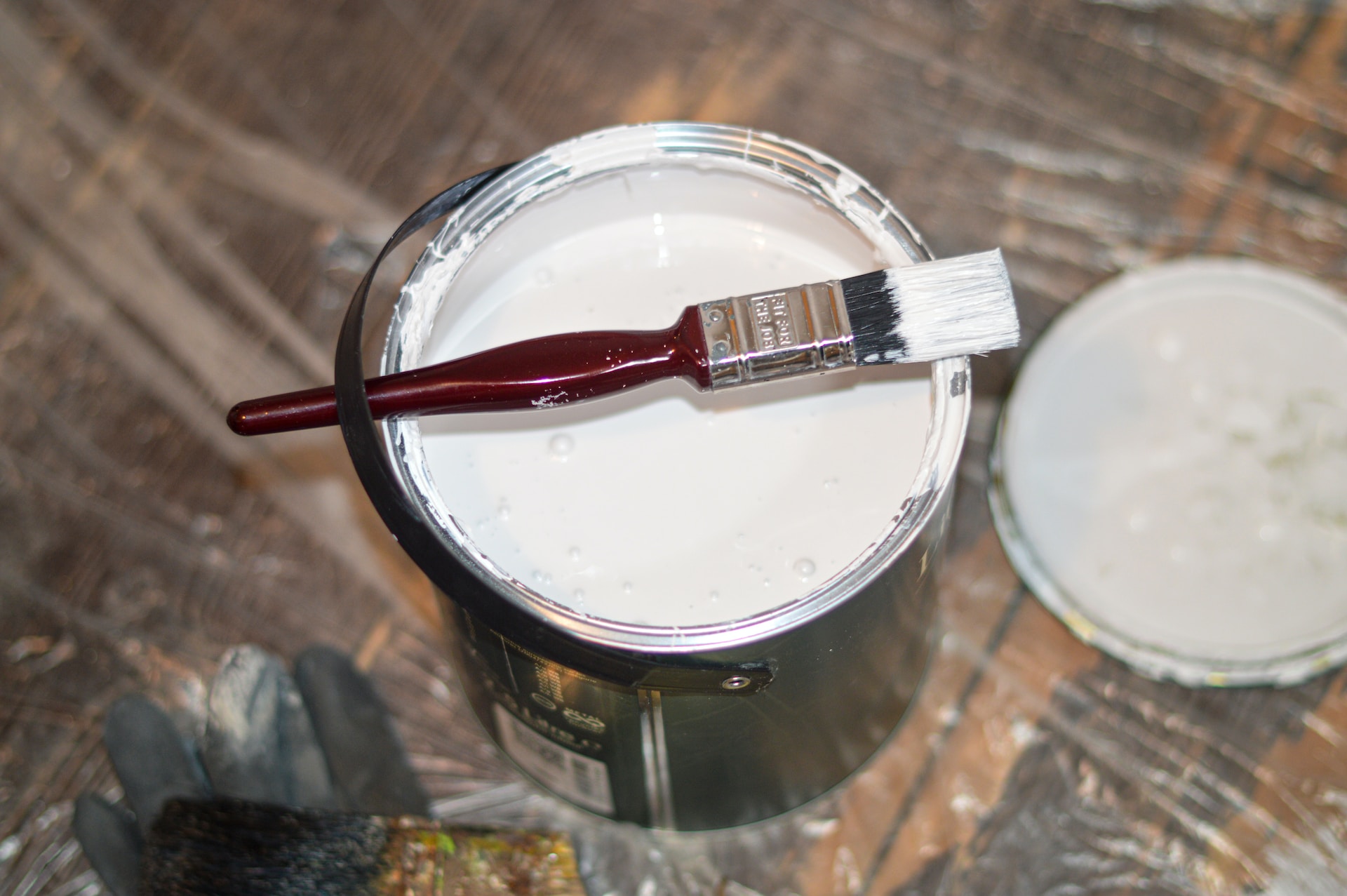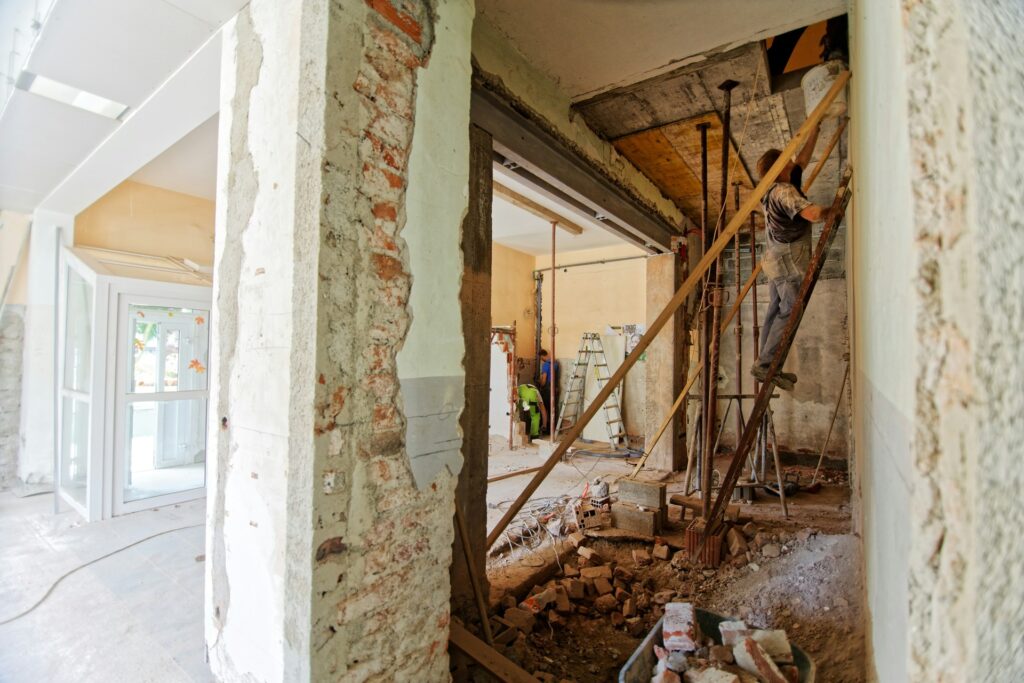
We are reader-supported. When you buy through links on our site, we may earn an affiliate commission.
If you want to do something fun and productive over a weekend, why not refinish wood furniture around your house? Many times, furnishings get passed down from generation to generation.
You may collect antiques or inherit a cherished armoire or bookcase from a grandparent. Some pieces show their age over time and could use a little loving repair. Of course, furniture restoration specialists will charge a pretty penny to do the work for you. Here’s how to refinish wood furniture at home.
Refinish Wood Furniture: 5 Steps to Prep
Are you ready to learn how to refinish wood furniture? The process is probably much easier than you think. Simply follow these five easy preparation steps.
1. Apply Mineral Spirits
Always assess the furniture and create an approach to refinishing based on the item’s needs. Applying mineral spirits will make your furniture wet for a short while, giving you a better idea of whether you want to add a clear, oil-based finish or simply paint it a different color.
2. Wash the Piece Thoroughly
Always begin your project by thoroughly wiping down the furniture with a damp rag and liquid dish soap. The piece will probably have accumulated years of dirt, dust and debris that’ll ruin your refinishing job.
3. Get Rid of White Rings
If the furniture has white rings on the surface, apply a coat of petroleum jelly and allow it to sit overnight. Typically, petroleum jelly removes most of the white discoloration for a more even tone. However, if the petroleum jelly doesn’t work, products are available at your local hardware store that will.
4. Remove Old Paint
It’s possible your furniture will have paint splatters, which is common among older pieces. A small razor blade will enable you to gently scrape away the paint without ruining the furniture’s natural appearance.
5. Correct Damages
If there are any indents, knicks or other slight damages, correct them beforehand. Some older items are chipped and missing wood — an epoxy putty can help fill it in. Although epoxy is inexpensive, you must work quickly before it hardens. Ask your local paint specialist for suggestions on using epoxy.
How to Stain Wood Furniture
Set up your workspace in a well-ventilated area, such as the garage — place a dropcloth on the floor to avoid staining the ground. Then, remove any hardware to sand the piece and even out the surface.
For this step, you can manually sand the furniture with #220 fine-grit sandpaper or an oscillating sander. When finished, wipe the item down again with a clean, damp cloth to remove the debris.
Wearing latex gloves, carefully open the can of stain and mix it well with a wooden stick. A microfiber staining pad or brush is best for applying the stain — just be sure not to use an excessive amount. You want the furniture evenly coated.
Always work in the same direction as the wood grain, and wipe away blotches and puddles with a clean cloth as you work. Finally, allow the paint to dry for a few hours and apply clear water or oil-based polyurethane to protect the surface.
How to Paint Wood Furniture
Suppose you want to flex your creative chops or inject some color. You can always paint your wood furniture to match your decor tastes. Painting furniture requires sanding and cleaning off dust, just like staining. However, you’ll also need to apply a coat of water-based primer.
Once the primer dries, you can begin your paint job. The best furniture paint usually has a semi-gloss or satin — especially if it’s a table, console, dresser or nightstand. The more sheen, the more protected the furniture will be against scratches.
Although it can be on the pricier side, an interior water-based latex paint is ideal. Interior latex paints usually have low volatile organic compounds (VOCs), combined additives and binders and sufficiently adhere to the wood.
Consider applying two coats to ensure the color appears in its full pigmentation. Allow the paint to dry thoroughly before coating it with clear, water-based polyurethane — drying could take one to two days between coats.
What Is Chalk Paint?
Water-based chalk paint is the latest craze in furniture refurbishment and will give your vintage furniture a distressed appearance. Chalk paint dries quickly with a matte finish that goes well with shabby chic, farmhouse or cottagecore home decor.
Not to be confused with chalkboard paint, chalk paint was created and trademarked by paint brand Annie Sloan. However, other paint brands — Behr, Valspar and Magnolia Home — have developed copycat product lines.
How to Apply Chalk Paint
Many people like chalk paint because you don’t have to strip old paint on your furniture before applying it. Also, while some gently sand the piece before starting, there’s no need. The paint will cover any cracks and scratches in the wood, leaving a smooth finish.
Choose whether you’ll use a paintbrush or roller to apply the chalk paint — a paintbrush could leave subtle streaks when it dries. Additionally, paint thickness affects the outcome. If the paint is too thick, adding some water can thin it out to the right consistency.
Applying chalk paint isn’t an exact science. Unlike traditional paint, you can move the brush in whichever direction. The first coat will need about one to three hours to dry before you apply the second coat.
After thoroughly drying the paint, apply a chalk paint wax with a lint-free cloth — this will give the surface a velvety texture and offer protection from wear and tear. According to Annie Sloan, the wax finish could take up to two weeks to cure — or reach peak hardness — so it’s crucial to be extra careful with the piece until then.
Vintage Furniture: A Hot Trend
If you’ve wondered whether you’re the only one who appreciates beautiful, old things, you’re in great company. In recent years, the furniture resale industry has been hot as younger generations have started collecting artwork and antiques.
According to the Chairish 2022 Home Furnishings Resale Report, millennials and Generation Z have emerged as unlikely consumers — about 87% of those ages 18–24 and 88% of 25–24-year-olds intend to shop for pre-loved furnishings in the next year.
But what is driving their interest in vintage pieces? Supply chain issues and rising costs of new furniture seem to be one factor, while many prioritize sustainability in their buying decisions. The desire for one-of-a-kind items also appeals to those eager for a more luxe design.
One look at the TikTok hashtag for #antiquestorefinds, and you’ll see over 36.9 million views, in which you’ll find exchanges between dealers and influencers posting shopping tips and their latest finds.
Make Old Furniture New Again
Learning how to refinish wood furniture may become your new hobby. With some practice, you can give new life to old furniture — not to mention the numerous ways you can approach your refurbishing projects.










